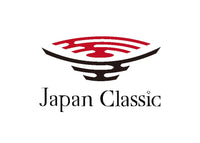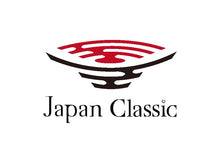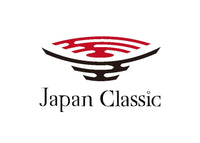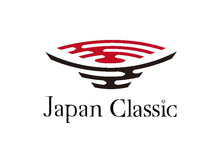Japanese Plates Size & Shape Guide | From Mamezara to Rectangular Plates
Plate size and shape change plating, eating comfort, and how the glaze catches light. This inch-first guide (cm in parentheses) maps practical ranges from tiny mamezara to generous dinner plates and long rectangular pieces—plus how to choose materials and glazes and style your table with quiet luxury.

Related: Japanese Tableware Guide|Quiet Luxury in Handmade Ceramics
Why Plate Size Matters
Bigger isn’t always better. Too large and portions look sparse; too small and sauces crowd the rim. Aim to plate about 60–75% of the surface to leave refined negative space. Rims (flat vs. with a gentle well) change how dressings and sauces behave.
Sizes & Uses (in → cm)

| Type | Typical Diameter / Long Side | Best For |
|---|---|---|
| Mamezara (tiny) | 3–4 in (7.5–10 cm) | Soy sauce, condiments, small bites |
| Kozara (small) | 5–6 in (13–15 cm) | Bread, desserts, side dishes |
| Chūzara (medium) | 7–8 in (18–20 cm) | Lunch plates, composed salads |
| Ōzara (large) | 9–11 in (23–28 cm) | Main courses, sharing |
| Rectangular Plate | Long side 11–13 in (28–33 cm) | Fish, carpaccio, appetizer rows |
Further reading: 5 Must-Have Japanese Handmade Plates: Online Buying Tips & Care Guide
Shapes: Round / Rectangular / Oval / Square

Round
Timeless and versatile. Choose a subtle well for saucy mains; go flat to emphasize crisp textures.
Rectangular
Clean, directional lines for fish, carpaccio, or neatly aligned appetizers—very friendly to Western cutlery layouts.
Oval
Softer silhouette that flatters rustic food and family-style sharing—great for salads and roasts.
Square
Graphic and modern. Use negative space to frame desserts and composed starters.
Shop by shape: Rectangular Plates · Oval Plates · Square Plates
Materials & Glazes
Arita porcelain brings luminous whites and fine edges for minimalist or formal tables—see the Arita collection. Shigaraki stoneware offers earthy textures and warmth with excellent heat retention—see the Shigaraki collection.
Glaze moods: Oribe (deep green, lively), Shino (milky white, warm blush), Karatsu (earthy, brushed).
Visual reference: Masterpieces in Clay: A Visual Guide to Japanese Ceramic Plate Styles
Styling Tips

- Composition: Plate to ~60–75% of the surface; let the rim breathe.
- Contrast: White porcelain lifts colorful food; dark stoneware flatters pale proteins.
- Mix: Build a neutral base set, then add a few statement glazes (Oribe/Shino) for depth.
Shop by color: White Plates · Black & Dark Plates
Care & Longevity
- Hand wash preferred: Mild soap, soft sponge.
- Thermal shock: Avoid sudden heat-to-cold transitions.
- Stacking: Use felt pads to protect rims and glazes.
Editor’s Picks & Shop
Prefer bowls today? Why Japanese Bowls Are the Quiet Luxury Your Table’s Missing



Explore sizes, shapes, and glazes—build a plate set that suits your home.
Browse all Japanese platesComplete the setting with bowls and cups. See also: Arita · Shigaraki · Oribe · Shino · Karatsu
FAQ
What is the best dinner plate size?
Most homes love 9–10 in (23–25 cm)—large enough for mains, compact enough for cabinets and dishwashers.
What about small side plates?
5–6 in (13–15 cm) works beautifully for bread, desserts, and side salads.
Porcelain or stoneware?
Choose porcelain for crisp, modern plating; pick stoneware for warmth, texture, and slower cooling.



